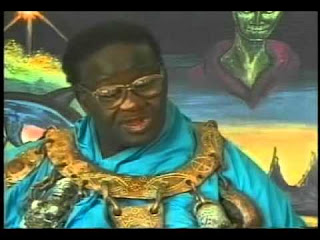Woven Linen
Between 10000 and 8000 BCE the Africans of the Nile Valley also introduced
the first calendar. Woven linen has been known in Egypt since about 7000 BCE. |
| 5,600 B.C.E |
The loom was horizontal with a wooden support for the warp beam and a cloth beam that could be rotated, to which the ends of the warp threads were tied and onto which the woven cloth was wound. In 6020 BCE Africans in the Congo use markings on bones to develop a numeration system. The tools included granite pots, fireplaces and human and animal bones. The mission delineated and defined the Cave with all its drawings and geometrical and decorative designs. In addition, the mission delineated the archeological site in the "Gararah" Valley and drafted a report to be submitted to Dr. Farouk Hosny, Minister of Culture in order to appropriate the budget necessary for the completion of the excavations in the area to find more data on this discovery.
 |
| Solar Boat |
FISHING 6000 BCE
Fish were caught with woven dragnets and weir-baskets made from willow
branches, fishing nets for smaller fish, harpoons, hook and line, the hooks had
a length of between eight millimetres and eighteen centimetres.Agriculture in 4500 BCE Village culture at Merimde-Beni-Salame in the Nile Delta: a mixture of hunting, fishing and agriculture, with a central corn store. Primitive oval mud huts, dogs, sheep, goats and donkeys have been domesticated.
Neolithic Painting
In 4300 BCE: Renaissance of the Neolithic Naturalistic Painting. This was pottery painted with white and later with red colours about 4221 BCE. In 3700 BCE Silver, gold and copper was smelted in blowpipe furnaces. Ceramics 3300 BCE Negade I period in Upper Egypt: Re-polished black-rimmed ceramics with geometric or descriptive ornamentation (hunting motifs). 3150 BCE King Aha (Menes) unifies Upper and Lower Kemet and establishes Memphis as capital.
Egyptian Ancestry
The Egyptian-German archeological mission has realized an important discovery which proves that the ancient Egyptian had lived in the area currently known as the "Great Sea of Sands" in the southwest of Egypt, in the prehistoric period, or five thousand years ago; it had been a rainy area. Dr. Gaballah Ali Gaballah, Chairman of the Supreme Council of Archaeology said that the mission made three trips to the Western Desert "Galf Qabir" southwest Egypt near the junction of the borders of Sudan, Libya and Chad. For his part, Dr. Mohammed Al-Sagheer, head of the Egyptian Monuments Department said that the mission made an archaeological survey around the "Mahariq" Plateau and the "Garah" Cave area, where it discovered several tools which had been used by the ancient Egyptian living, then, in those remote areas.
 |
| Credo Mutwa |
According
to Credo Mutwa the Egyptian empire stretched all the way to South Africa. His
evidence? Ancient Egyptian Spectre dug up in South Africa 2000 years ago and
dating back to the old kingdom. Including the discovery of the Dufuna canoe, which predates the Egyptian Solar boat by 2,000 years. It should be noted, that the first dynasty of
Pharaohs of Egypt were from Nigerian royal families, is evident from the fact
that quite a number of them bore Nigerian tribal royal titles.
L.A.Waddell, who
translated early Sumerian Egyptian, and Indian inscriptions of Sumerian king-lists,
insists that Sumerian king-lists dovetails into Egyptian and Indian King-lists,
and that the first dynasty of Egyptian Pharaohs from the lineage of the Nubian
(Black African), from me, Menes, all used Sumerian titles. It is easily
recognizable that the titles in question are titles of existing Nigerian royal
houses!!
Archaeologist: Dr. Mohammed Al-Sagheer, Dr. Gaballah Ali
Gaballah
Transcriber:
L.A.Waddell, Prof. C Achonolu, Credo Mutwah a Shamanic Divinatory
and Custodian of Ancient Custom.









